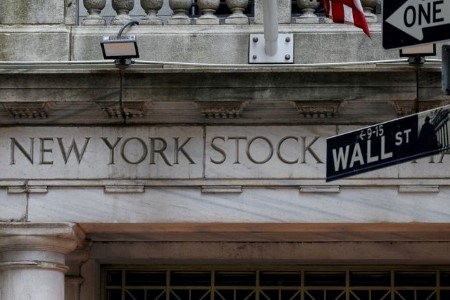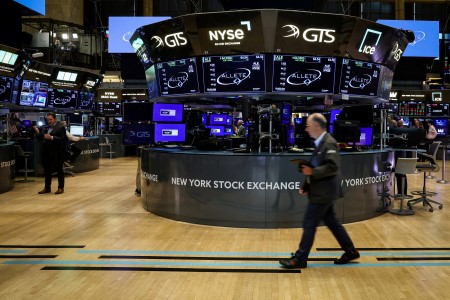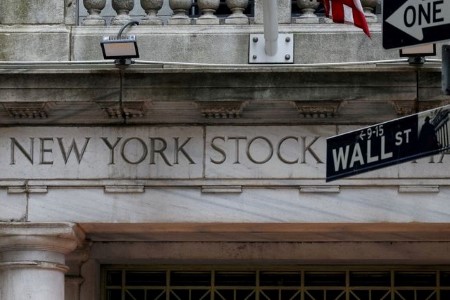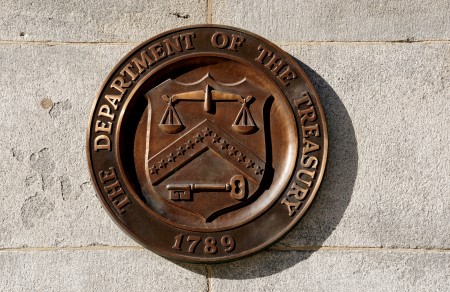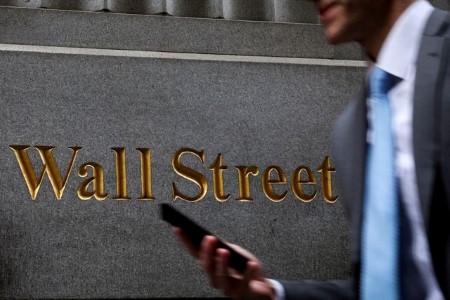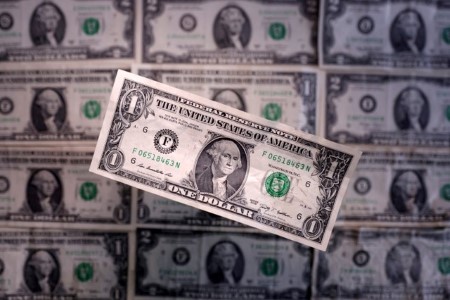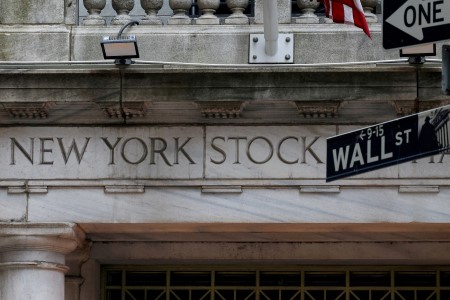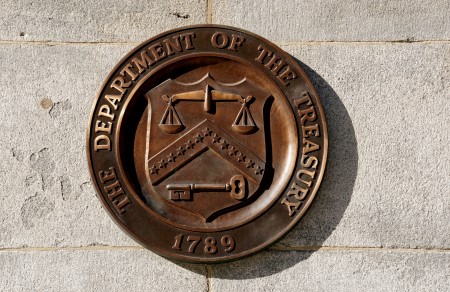NEW YORK – The Nasdaq rose 1% and the S&P 500 also ended higher on Wednesday as Alphabet jumped after a US judge ruled against breaking up the Google parent and as investors were optimistic that the Federal Reserve would cut interest rates this month.
The Dow finished slightly lower, with shares of Boeing down 2.1%.
Alphabet and Apple gave the S&P 500 and Nasdaq their biggest boosts. Shares of Alphabet rose 9.1% after the late Tuesday ruling, which allows Google to retain control of its Chrome browser and Android mobile operating system, while barring certain exclusive contracts with device makers and browser developers.
Shares of Apple gained 3.8% as the ruling also preserved lucrative payments to the iPhone maker from Google.
“Google and Apple got a lifeline … They won the sweepstakes,” said Jake Dollarhide, chief executive officer of Longbow Asset Management in Tulsa, Oklahoma. “The courts just cemented their reputation.”
Several Fed officials said labor market concerns continue to animate their belief that rate cuts lie ahead. Fed Governor Christopher Waller said he thinks the central bank should be cutting at its next meeting. Atlanta Fed President Raphael Bostic reiterated his view that a rate cut is in the cards, although he did not say how soon it might happen.
Data earlier showed US job openings fell in July, suggesting a softening labor market.
The Dow Jones Industrial Average fell 24.58 points, or 0.05%, to 45,271.23, the S&P 500 gained 32.72 points, or 0.51%, to 6,448.26 and the Nasdaq Composite gained 218.10 points, or 1.03%, to 21,497.73.
September is historically a weak month for the stock market. But Peter Cardillo, chief market economist at Spartan Capital Securities in New York, said he did not think the month would be “as trying as it usually is because of the fact that the Fed is expected to lower rates.”
US rate futures now widely expect the Fed to lower rates this month, pricing in a 96% chance of a 25 basis point cut at the end of the two-day Fed policy meeting on September 17, according to the CME Group’s FedWatch tool.
Investors were still anxious to see Friday’s monthly jobs report.
Shares of Macy’s jumped 20.7% after the company raised its annual forecasts. On the flip side, discount retailer Dollar Tree DLTR.O shares fell 8.4% after the company forecast current-quarter profit below estimates, with tariffs seen driving up costs for the retailer.
With the second-quarter US earnings season now at its end, investors are paying close attention to estimates for third-quarter results and possible impacts from President Donald Trump’s tariff war.
Advancing issues outnumbered decliners by a 1.33-to-1 ratio on the NYSE. There were 224 new highs and 45 new lows on the NYSE.
On the Nasdaq, 2,259 stocks rose and 2,337 fell as declining issues outnumbered advancers by a 1.03-to-1 ratio.
Volume on US exchanges was 14.95 billion shares, compared with the 16.18 billion average for the full session over the last 20 trading days.
(Additional reporting by Purvi Agarwal and Ragini Mathur in Bengaluru; Editing by Devika Syamnath and David Gregorio)







 DOWNLOAD
DOWNLOAD




